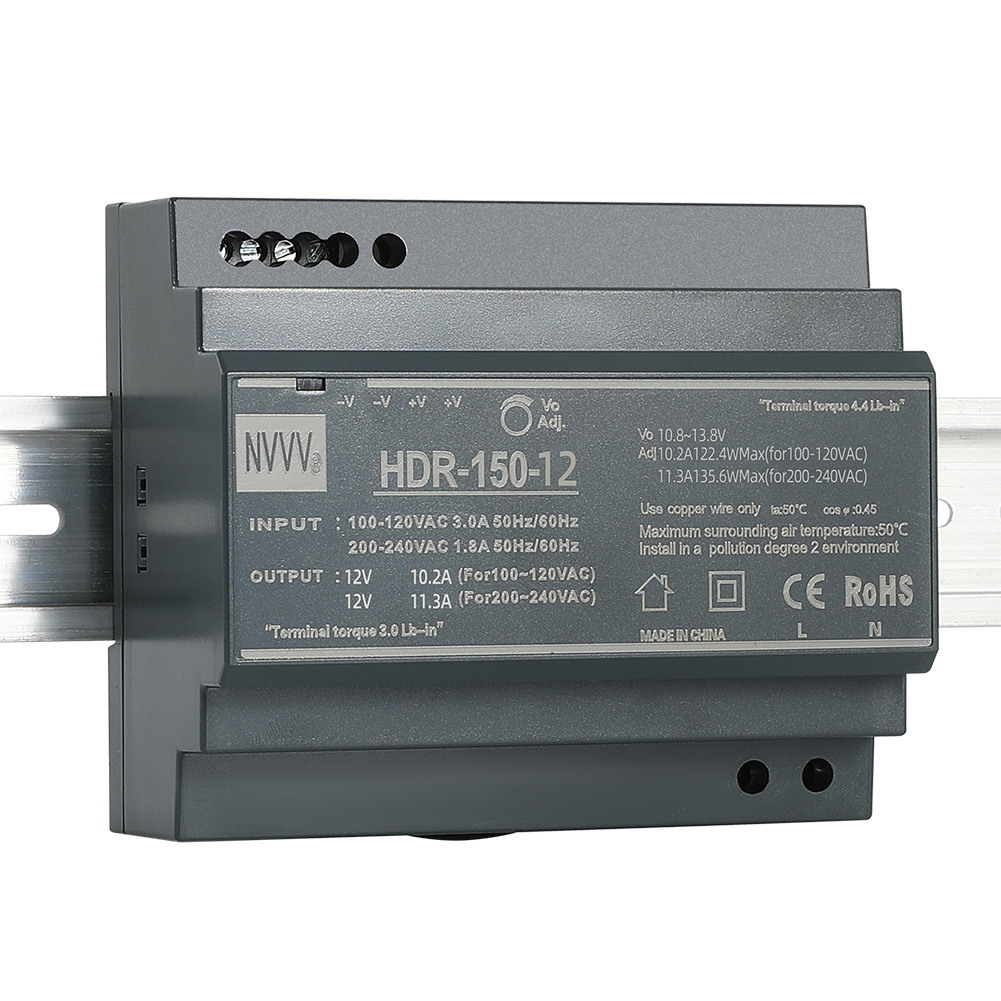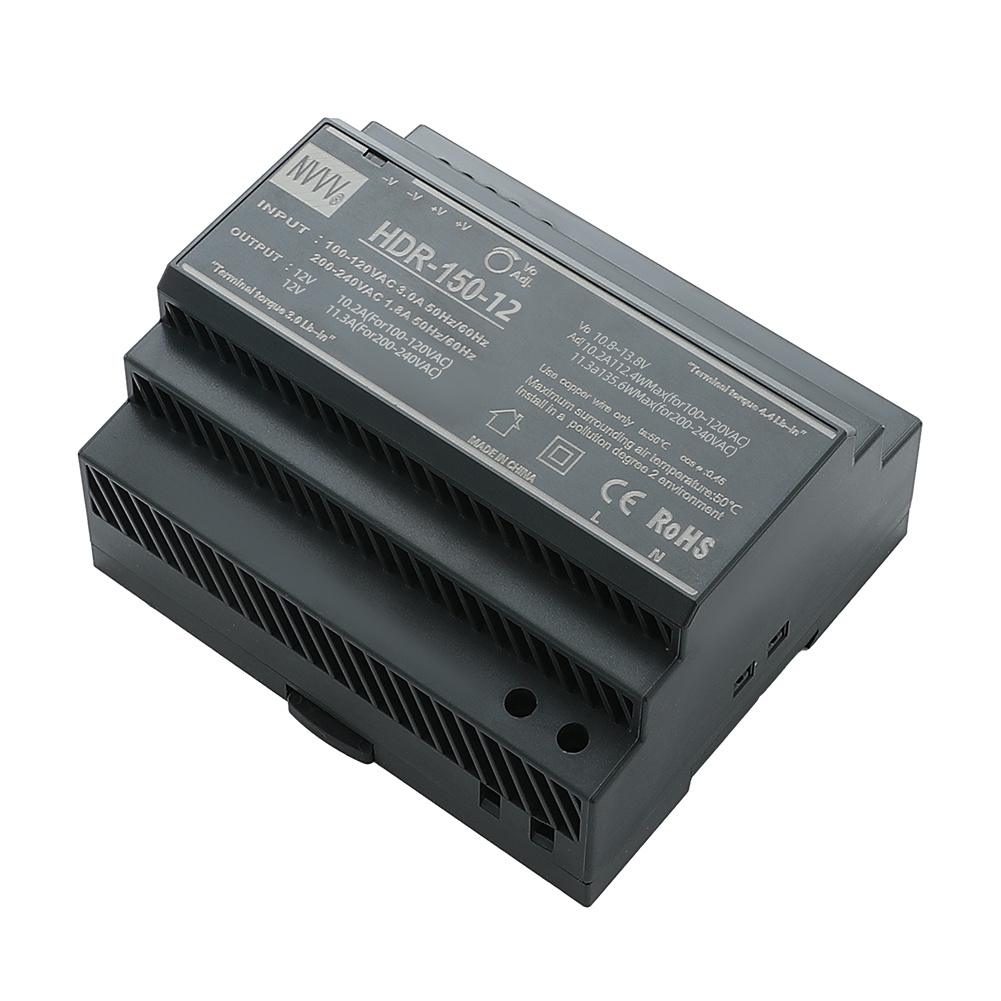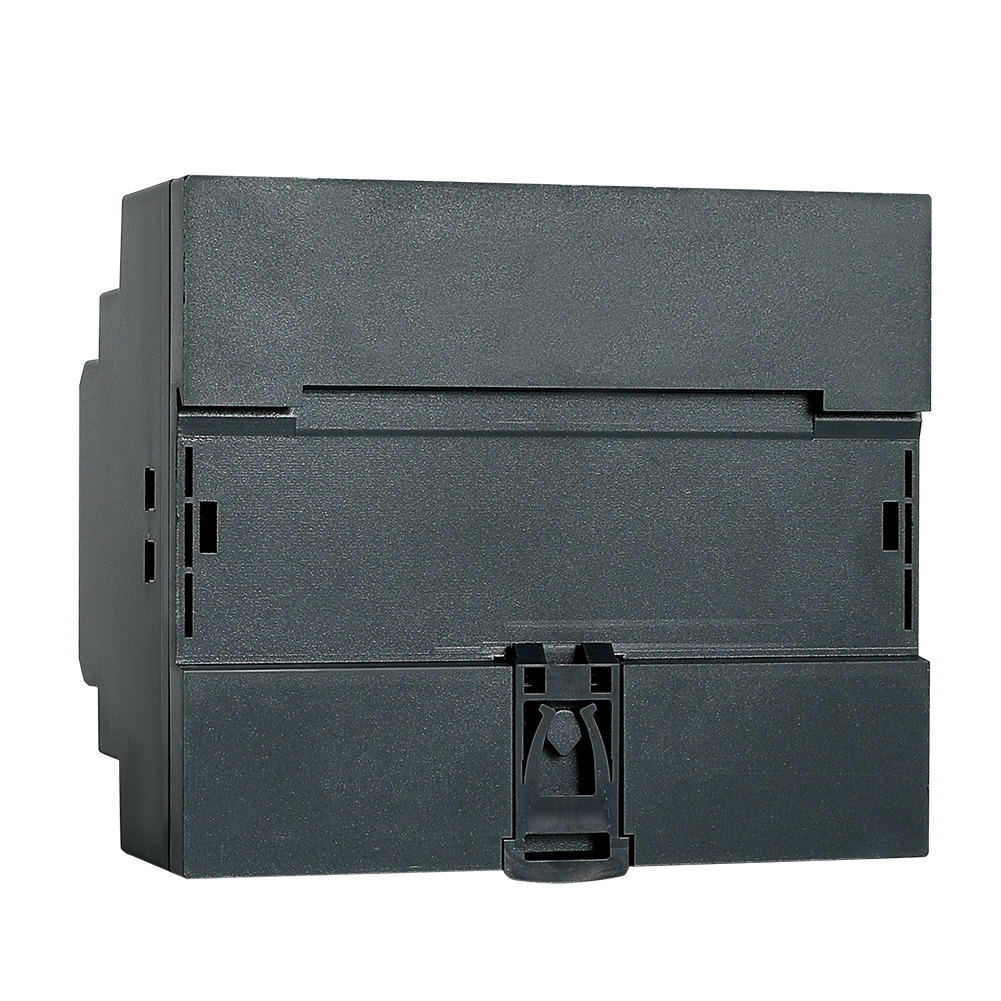What is the difference between SMPS and 24V DC power supply?
In modern electronic devices, the power supply system plays a vital role. Different types of power supplies provide different functions and characteristics. Among the many types of power supplies, switching power supplies (SMPS) and 24V DC power supplies are the most common. So, what are the differences between SMPS and 24V DC power supplies? What are their application scenarios and characteristics? This article will help you better understand the similarities and differences between the two power supplies by answering these questions in detail.
1. What are the basic concepts of SMPS and 24V DC power supplies?
To understand the difference between the two power supplies, you first need to understand their basic definitions and working principles.
What is a switching power supply (SMPS)?
A switching mode power supply (SMPS) is a power supply that converts alternating current (AC) or direct current (DC) into a stable DC output through high-frequency switching and pulse width modulation technology. SMPS has become the mainstream power supply solution in modern electronic devices due to its high efficiency, small size and wide adaptability. It can provide a stable output voltage when the input voltage range varies greatly, so it has been widely used in many applications from home appliances to industrial automation equipment.
The core feature of SMPS is its high-frequency switching mechanism, which regulates the transmission of electrical energy by switching switches at high speed. This design not only improves efficiency but also reduces power loss, and is particularly suitable for devices that require miniaturization and high energy efficiency.
What is a 24V DC power supply?
A 24V DC power supply (24VDC power supply) refers to a DC power supply that converts input power (usually AC) into an output voltage of 24V. 24VDC power supplies are widely used in industrial, commercial and household equipment, especially in control systems, sensor power supply, LED lighting and small mechanical equipment, where they can provide stable voltage for various devices.
Compared with SMPS, the design of 24VDC power supply is more direct and is usually used in specific applications such as PLC control systems, industrial automation equipment and motor drive systems. It can be implemented using linear power supply or switching power supply technology.
2. What is the difference between the working principles of SMPS and 24vdc power supply?
One of the core differences between the two power supplies is their working principles, which directly determines their characteristics and application scenarios.
Working principle of SMPS
The working principle of SMPS is based on high-frequency switching technology and pulse width modulation (PWM). First, the input AC power is converted to DC power through rectification and filtering. Next, the DC power is quickly switched through a high-frequency switch to form a pulse signal, which passes through a transformer and a filter circuit and is finally output as a stable DC power.
This high-frequency switching technology brings the following advantages:
High efficiency: Due to low switching losses, the energy efficiency of SMPS is usually as high as 85%-95%.
Small size: The size of the high-frequency transformer is small, so the entire power module can be designed more compactly.
Wide input range: SMPS can operate over a large input voltage range, such as 85V-265V AC, which is suitable for different power standards around the world.
However, the complexity of SMPS also means that its design and manufacturing costs are high, and more control circuits and protection measures are required.
Working principle of 24V DC power supply
24VDC power supply can be implemented using linear power supply or switching power supply technology. When using a linear power supply, the 24VDC power supply converts AC power into DC power through a step-down transformer and rectifier, and then ensures that the output voltage is constant at 24V through a voltage stabilization circuit. This method is simple, stable and has less electromagnetic interference, but it is less efficient and has a larger volume.
When using switching power supply technology, the working principle of 24VDC power supply is similar to SMPS, but because the output voltage is fixed at 24V, it does not need to have a wide range of adjustment capabilities like SMPS. 24VDC power supply is usually dedicated to specific application scenarios, and the design goals are more targeted.
3. What are the application scenarios and advantages and disadvantages of SMPS and 24VDC power supply?
According to different design features and technical implementation methods, these two power supplies show their own advantages and disadvantages in application scenarios.
Application scenarios and advantages and disadvantages of SMPS
SMPS is widely used in the following fields:
Consumer electronics: such as laptops, TVs, chargers, etc. SMPS provides an efficient power management solution that can provide sufficient and stable power while keeping the device small.
Industrial automation: In PLC, sensors, controllers and other devices, SMPS is widely used for its stable output and efficient energy conversion.
Communication equipment: In routers, switches and base stations, switched-mode power supply is the core power module to ensure stable operation of the equipment in different environments.
Medical equipment: Medical equipment has very high requirements for power supply. SMPS not only provides stable voltage, but also has good anti-interference performance.
The advantages of SMPS are its high efficiency and compact design, which is suitable for equipment that requires high integration and high energy efficiency. However, its complexity also brings difficulties in design and maintenance. In addition, due to the presence of high-frequency switching, SMPS is prone to electromagnetic interference (EMI), and additional shielding and filtering measures may be required in some sensitive scenarios.
Application scenarios and advantages and disadvantages of 24VDC power supply
24V DC power supply occupies an important position in the industrial and control fields. Common applications include:
PLC and automation control systems: 24VDC power supply is the standard voltage of most PLC systems, ensuring the normal operation of sensors, actuators and controllers.
Industrial sensors and actuators: Many industrial sensors and drive devices are based on 24VDC power supply as standard, such as liquid level sensors, pressure sensors and stepper motors.
LED lighting and billboards: 24VDC power supply is very common in LED applications, providing stable voltage to ensure the service life of lighting equipment.
Irrigation system and embroidery machine: In agricultural automation, irrigation systems often use 24VDC power supply to drive water pumps and control devices to ensure the stable operation of the system. Embroidery machines also rely on 24VDC power supplies to provide stable power in the textile industry to ensure precise control and efficient operation.
The advantages of 24VDC power supply are its simplicity, reliability, low interference and stability. It is an ideal choice for scenarios where a fixed output voltage is required and the environment does not change much. However, compared with SMPS, the energy efficiency of 24VDC power supply is relatively low, especially when linear power supply design is adopted, the volume and weight are large.
4. How to choose SMPS and 24-volt dc power supply?
In practical applications, how to choose the right power supply depends on specific needs, environment and budget.
Choose according to application scenarios
If you need a versatile power supply suitable for different devices and wide input voltage, switch mode power supply is a better choice. Its high efficiency and compact design make it dominant in modern electronic products.
If your device requires a 24V fixed voltage power supply and the application environment is relatively stable, such as in a factory automation system, then a 24VDC power supply is more suitable. Especially in sensor networks or PLC systems, 24VDC power supply is almost a standard configuration.
Choose according to efficiency and cost
In situations where energy efficiency requirements are high, the advantages of SMPS are obvious. Although its initial cost is high, it can save a lot of electricity expenses in long-term use by reducing energy loss.
For applications with limited budgets and relatively simple requirements, 24VDC power supplies are more cost-effective. Especially when high-frequency regulation or multiple outputs are not required, the reliability and simplicity of 24VDC power supplies provide a cost-effective solution.
Other considerations
In addition to basic application requirements, environmental factors such as temperature, humidity and electromagnetic interference need to be considered. SMPS performs better in changing and complex environments, while 24VDC power supplies are more suitable for use in fixed places with low interference.
If you need to support multiple voltage outputs or have higher flexibility, switched mode power supply is undoubtedly a better choice. The 24VDC power supply wins in its simple design and stable output, especially in scenarios of long-term fixed use, maintenance and management are more convenient.
In addition, if your application scenario requires multiple devices to be powered at the same time and has high power requirements, then SMPS may be more in line with the needs. It can not only support a wider range of input voltages, but also adapt to different load requirements by adjusting the output voltage. The 24VDC power supply is more suitable for applications that require fixed output and will not be adjusted frequently.
Conclusion
SMPS and 24VDC power supplies each have their own unique application scenarios and advantages. SMPS has been widely used in consumer electronics, industrial control and communication equipment due to its high efficiency, small size and versatility. 24VDC power supplies play a core role in industrial automation and control systems due to their simplicity, stability and high reliability.
When choosing a power supply, you should consider the specific application requirements, budget and environmental conditions. If you need a flexible, efficient and adaptable power supply, SMPS is the first choice; for application scenarios that require long-term, stable and specific output, 24VDC power supply is a more suitable choice.
With the advancement of technology, SMPS and 24VDC power supplies will show their respective advantages in more fields in the future, providing better power solutions for different application scenarios.












